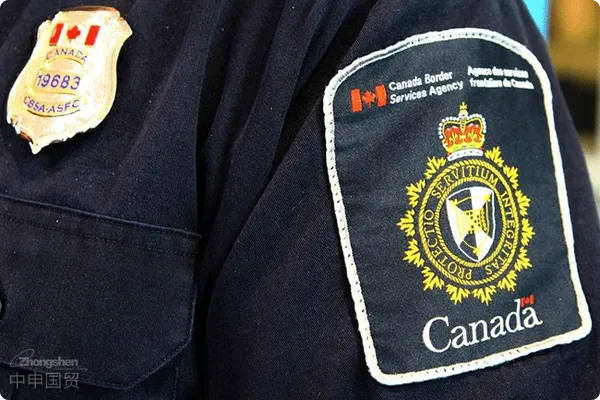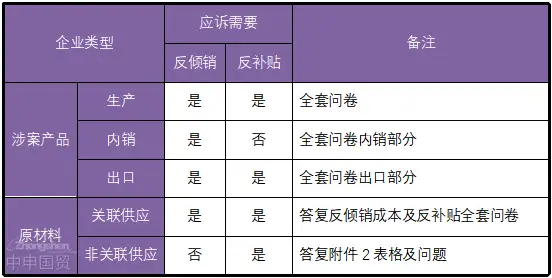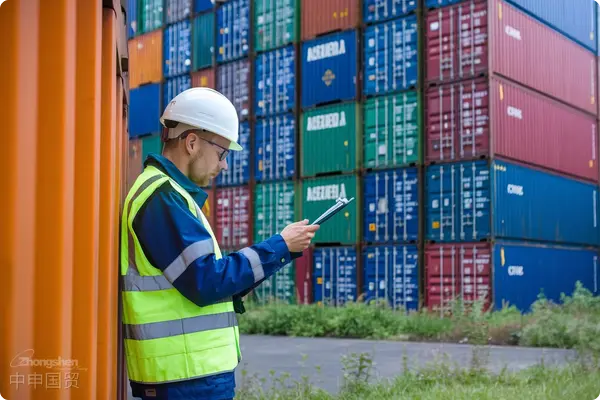- Shanghai Zhongshen International Trade Co., Ltd. - Two decades of trade agency expertise.
- Service Hotline: 139 1787 2118
I. Background Overview
On December 21, 2020, the Canada Border Services Agency (CBSA) launched an anti - dumping and counter - vailing investigation, referred to as the “UDS case”, against household upholstered seats originating from China and Vietnam. On May 5, 2021, the CBSA made a preliminary anti - dumping and counter - vailing ruling on the relevant upholstered seats, with the estimated dumping range being 11.01% - 206.36% and the subsidy range being 0.00% - 89.54%. By August 3, 2021, the final ruling was that the dumping range was 0 - 188.0% and the subsidy range was 0.0% - 81.1%.

When we closely observe the comparison of Canadian anti - dumping investigations with those of other countries such as the United States, the European Union, Australia, and India, we can find that it has distinct characteristics.
II. Canadian Anti - dumping and Counter - vailing Regulations
Canadian anti - dumping and counter - vailing rules are mainly contained in the Special Import Measures Act (SIMA) and the Special Import Measures Regulations (SIMR). Among them, SIMA is the basic regulation, and SIMR is the implementation details. In addition, the D14 series of departmental memorandums also provide the CBSA with interpretations of laws and regulations.
III. Rules of Investigation Procedures
Sampling procedures are not commonly used
Canada only stipulates that the dumping margin can be calculated based on sampling in anti - dumping investigations, while there is no sampling regulation in counter - vailing investigations. Such a regulation means that most Chinese enterprises need to re - consider their strategies and methods of participating in the response.
(1) SIMA/SIMR規則的梳理
SIMA第30.3條規定可以基于抽樣計算傾銷幅度。如果因為涉及的出口商、生產商或產品數量過多,使得計算所有產品的傾銷幅度變得不實際時,CBSA有權決定采用抽樣調查。
(2) Impact of not using sampling procedures on Chinese enterprises
This practice of not using sampling may require Chinese enterprises to re - think their strategies in anti - dumping investigations. Because in the sampling procedure, only a few enterprises need to respond in detail, while other enterprises can “free - ride”, that is, obtain the average tax rate of sampled enterprises with less response input. But in the case of no sampling, each enterprise needs to respond independently.
The deadline may not be specified in the supplementary questionnaire
When issuing a supplementary questionnaire, the CBSA may not set a clear submission deadline, but requires enterprises to “reply as soon as possible”.
IV. Rules of Investigation Entities
Rules for determining the dumping margin / normal value
(a) Trace back to the production month of the sold product and report the production cost of that month.
(b) For enterprises with multiple production bases, sales and cost data need to be provided separately for each production base.
Taxation Methods
(1) Anti - dumping Duty
- (a) Provisional Ruling Measures:
- (b) Final Ruling Minimum Price Limit Principle:
- (c) Specific Duty - based Taxation Principle:
- ((d) National Uniform Tax Rate Taxation:
- ((e) Subsequent Adjustment:
When the CBSA makes a preliminary ruling on a certain commodity and determines the existence of dumping, it will impose an ad valorem tax on the products involved during the period of the provisional ruling measures according to the dumping margin determined by the investigation.
According to the anti - dumping duty collection method of the CBSA, it is calculated based on the normal value of each exporter finally calculated by the investigation authority. That is, if an exporters export price is higher than the normal value determined by the CBSA, no tax needs to be paid; if it is lower than the normal value, the anti - dumping duty needs to be paid according to the price difference part.
The CBSA levies taxes according to the quantity of products, that is, calculates the tax amount according to the dumping margin per kilogram, per ton or per bushel.
For enterprises that do not participate in the response to the lawsuit or do not cooperate, the CBSA may levy taxes according to the average dumping margin of all cooperative enterprises.
After the final ruling, the CBSA will adjust the taxes collected during the period of the provisional ruling measures according to the tax rate determined by the final ruling, in accordance with the principle of refund for over - payment, no supplementary payment for under - payment.
(2) Countervailing Duty:
- (a) Provisional Ruling Measures:
- (b) Specific Duty - based Taxation Principle:
- (c) Consideration Factors:
The CBSA levies taxes according to the subsidy amount per unit of goods, that is, the countervailing duty payable = import quantity × subsidy amount per unit of product.
According to the anti - dumping duty collection method of the CBSA, it is calculated based on the normal value of each exporter finally calculated by the investigation authority. That is, if an exporters export price is higher than the normal value determined by the CBSA, no tax needs to be paid; if it is lower than the normal value, the anti - dumping duty needs to be paid according to the price difference part.
The collection of countervailing duties will consider the type, scale of the subsidy and its impact on the market. For example, the CBSA may pay more attention to production subsidies, while for some non - production subsidies, the CBSA may give a lower tax rate.
Rules for Foreign Associated Suppliers to Respond to the Lawsuit
The CBSA requires not only the production and sales enterprises of the products involved to participate in the response to the lawsuit, but also their associated raw material suppliers to fill out the complete cost and countervailing questionnaires.

For export enterprises, the anti - dumping and countervailing investigation rules of Canada bring a series of challenges. Enterprises need to have an in - depth understanding of these rules and formulate appropriate response strategies to ensure that their products can continue to sell well in the Canadian market.
Related Recommendations
? 2025. All Rights Reserved. 滬ICP備2023007705號-2  PSB Record: Shanghai No.31011502009912
PSB Record: Shanghai No.31011502009912









